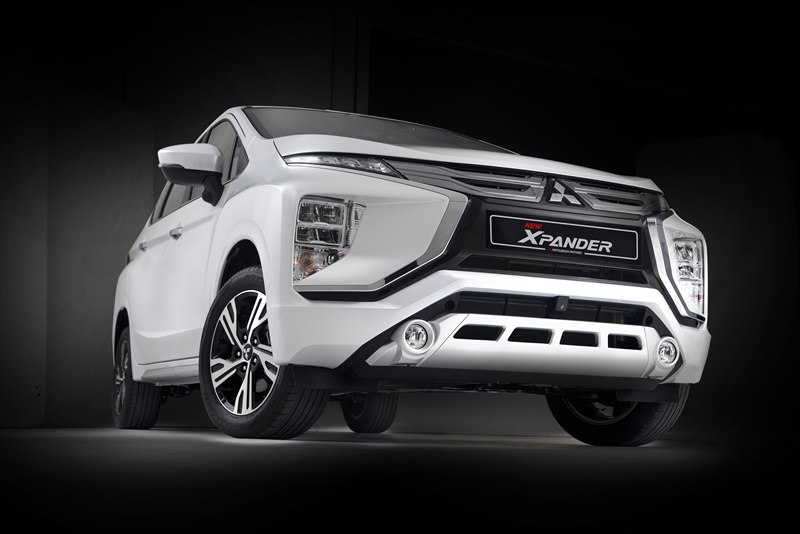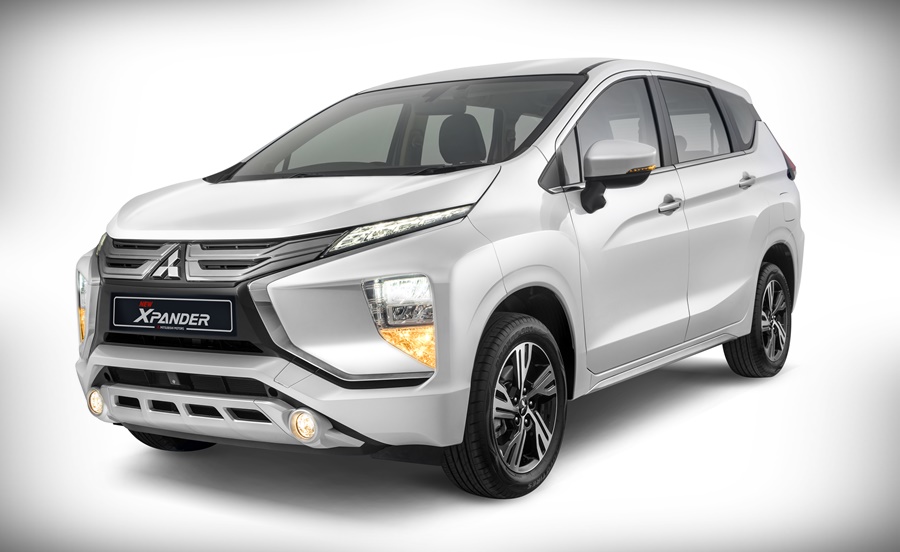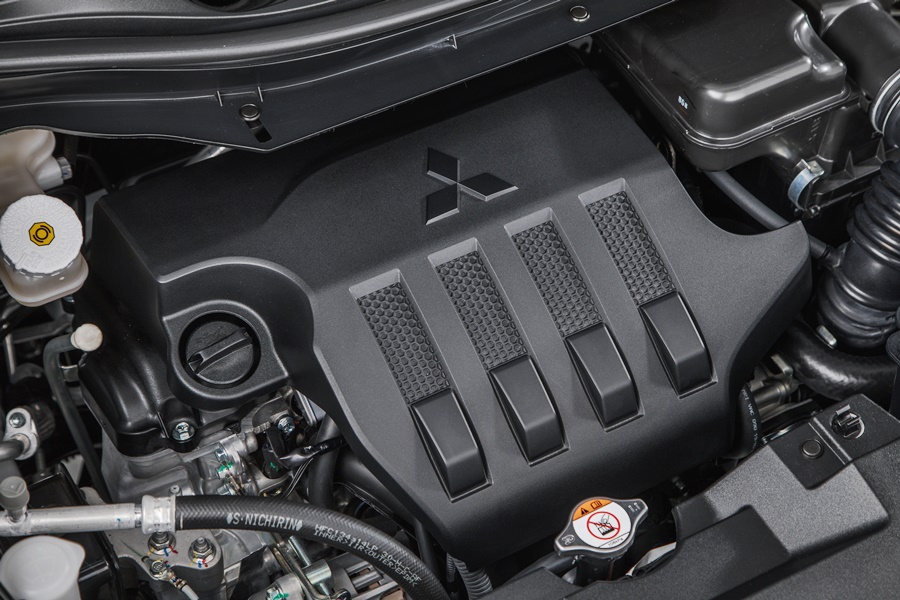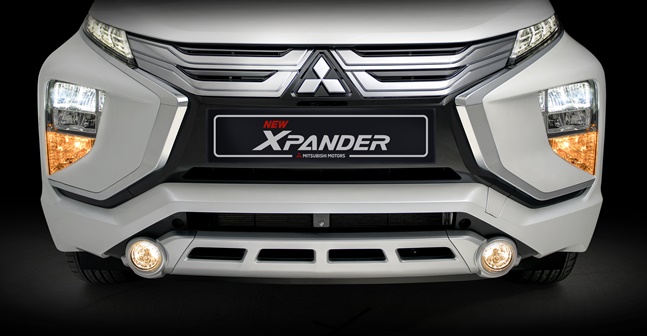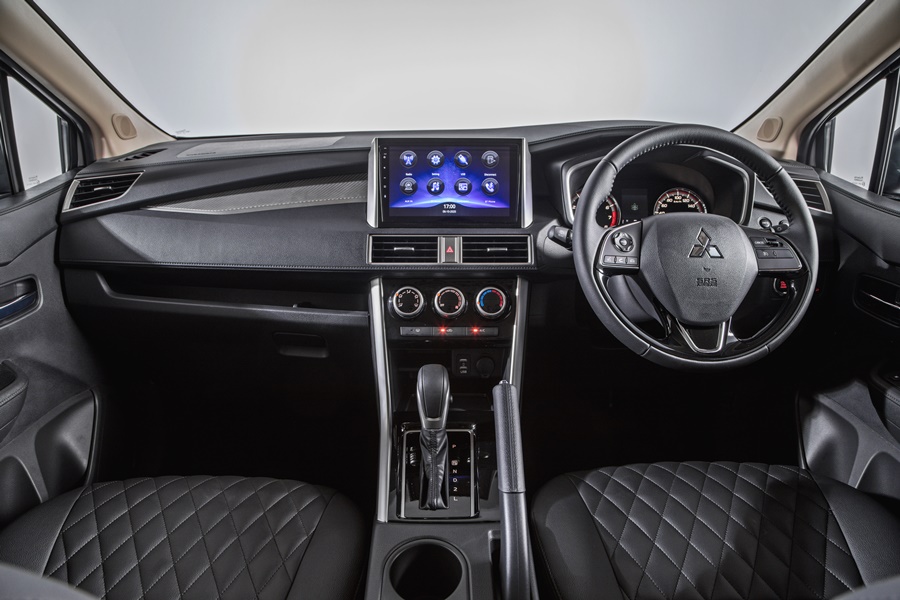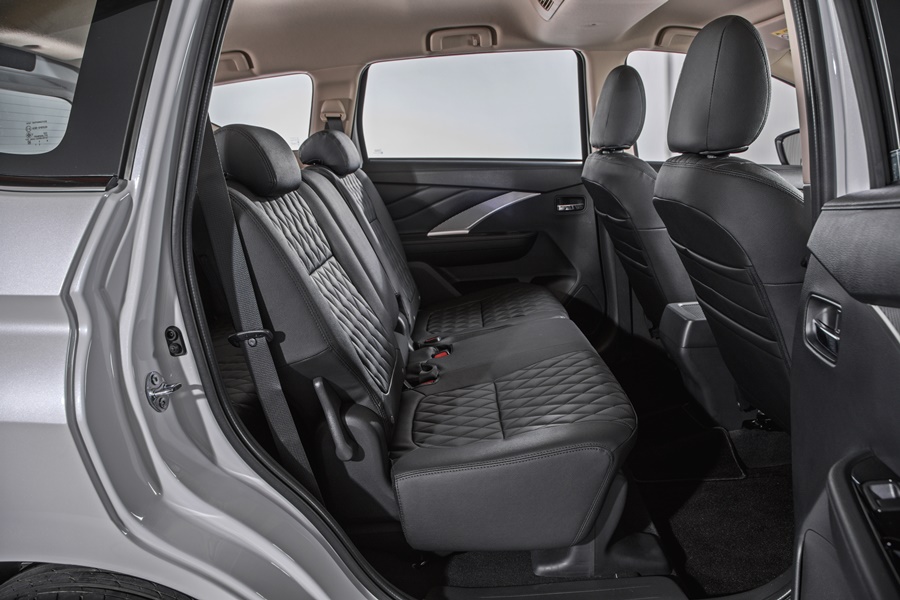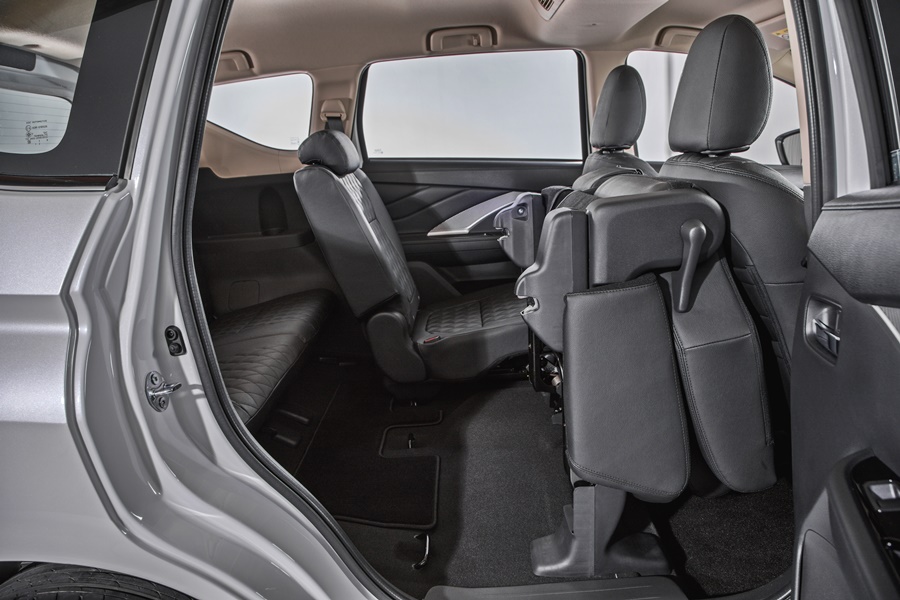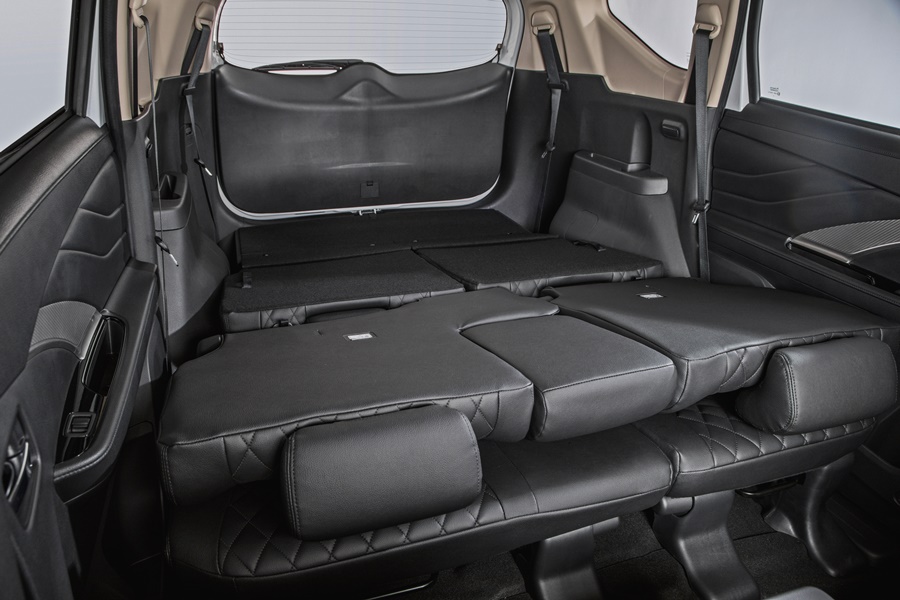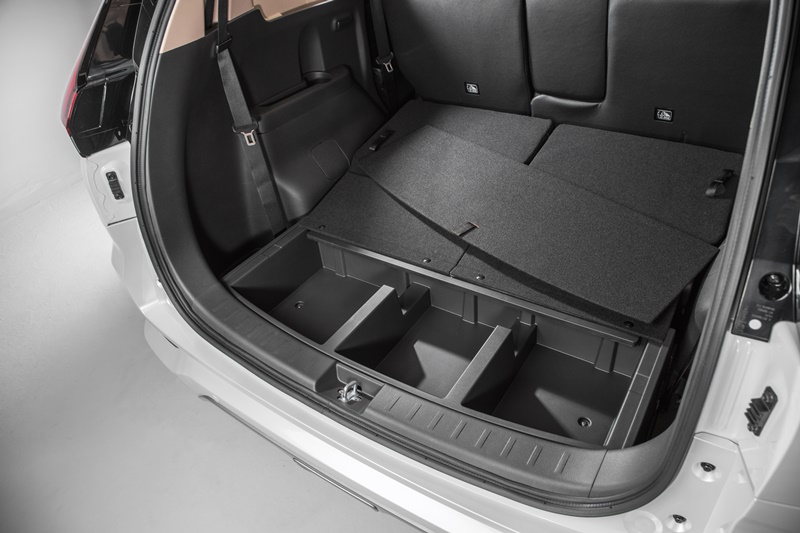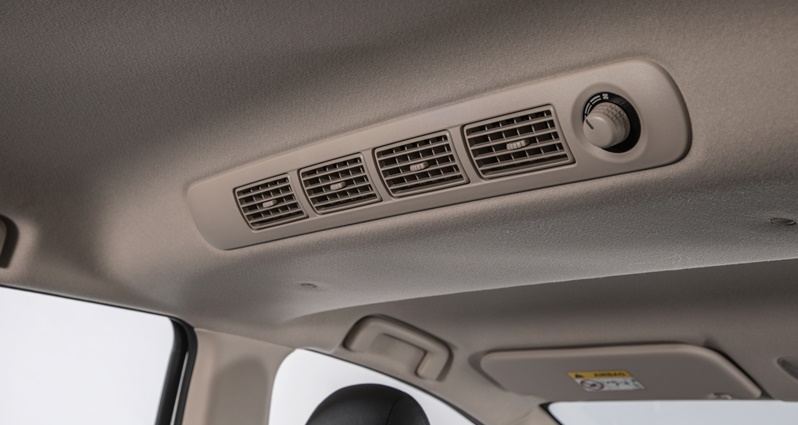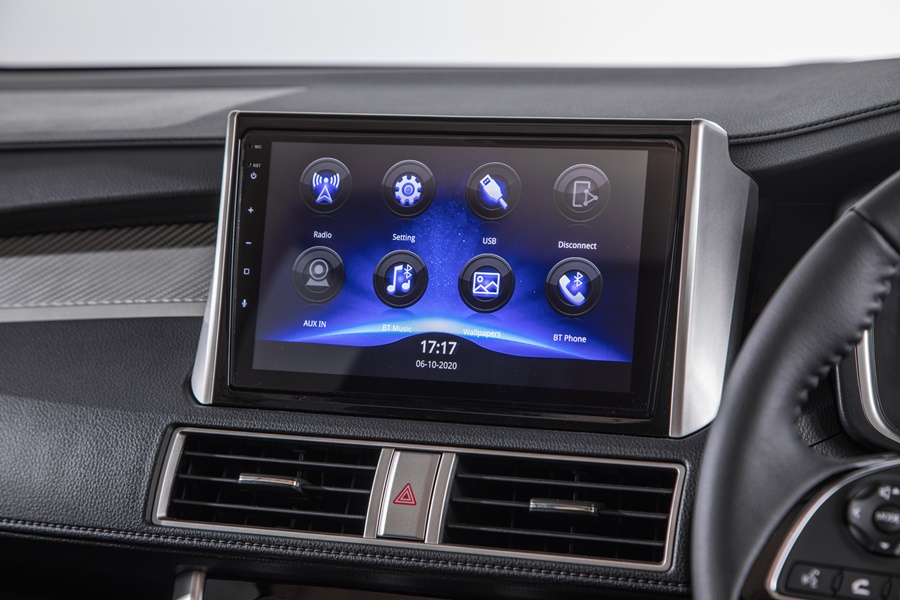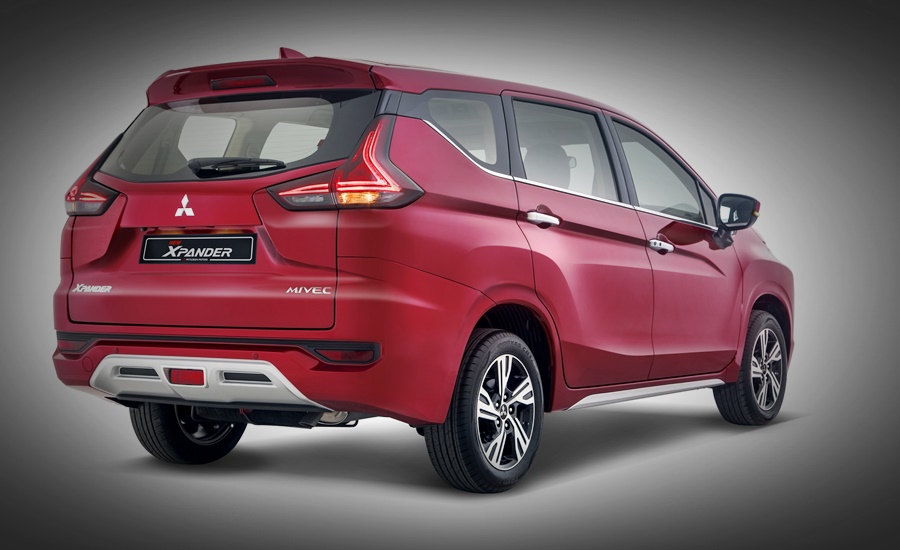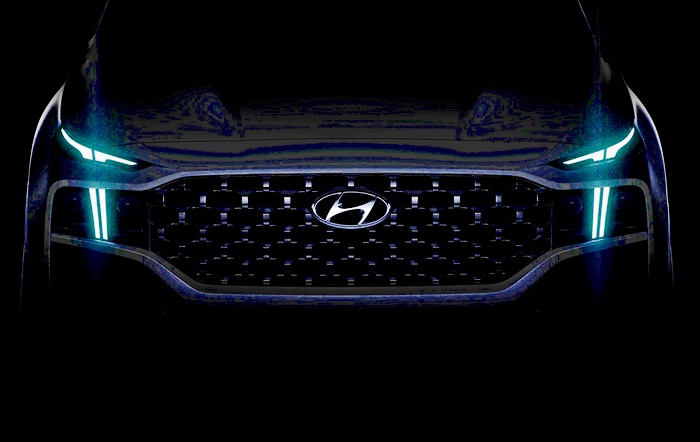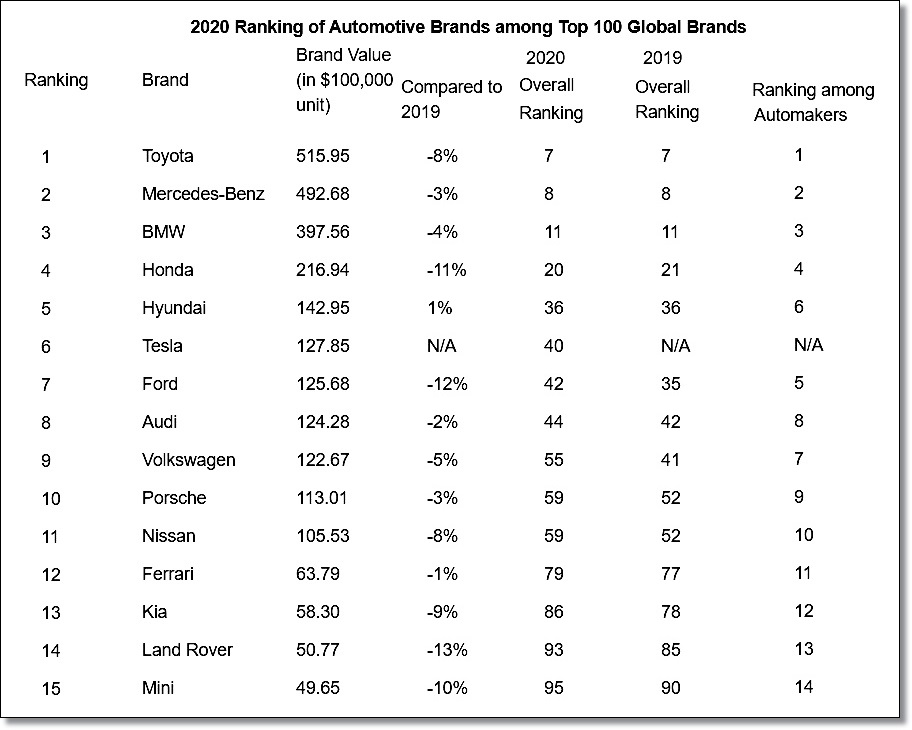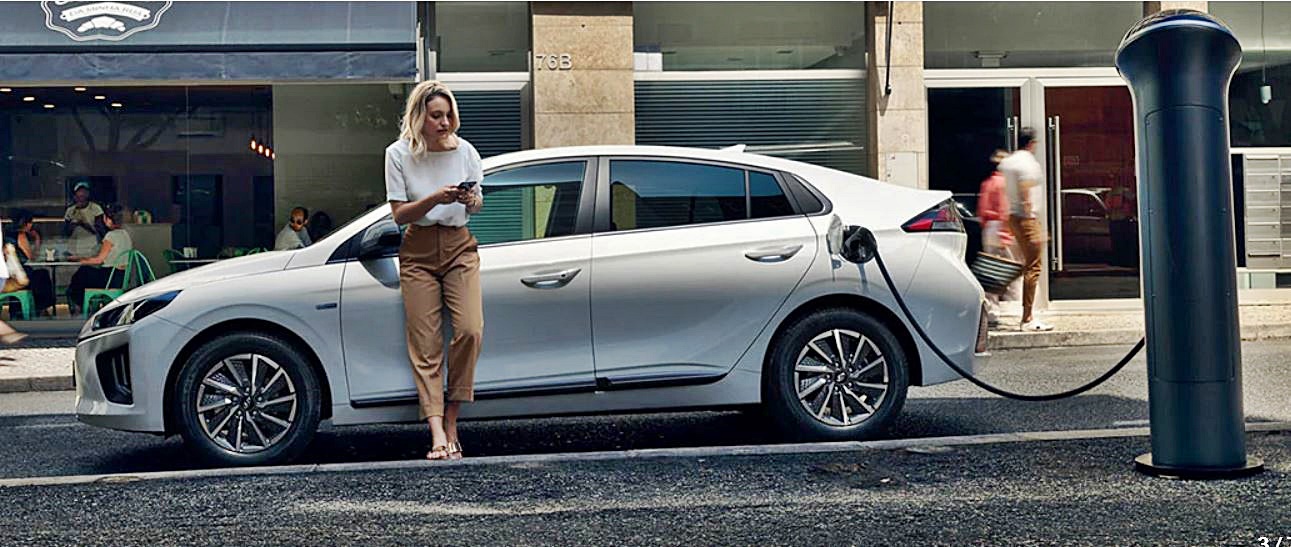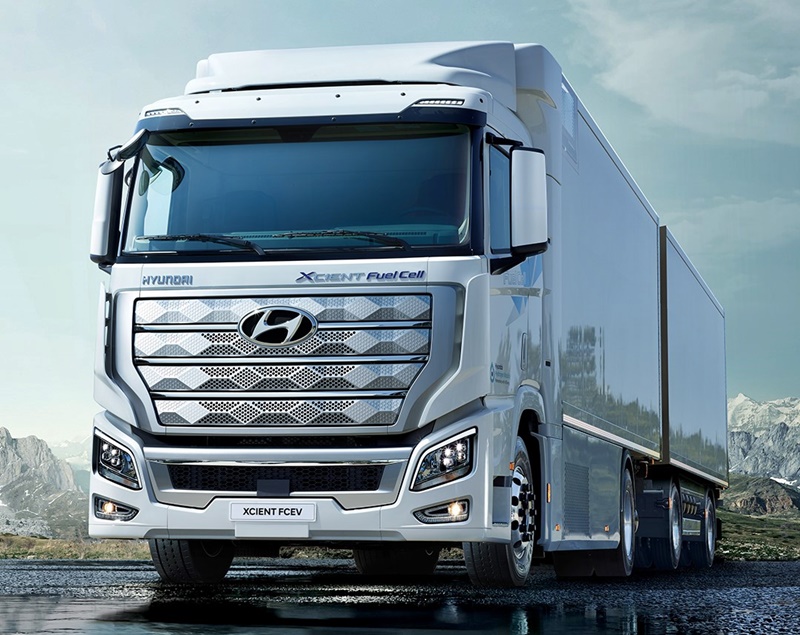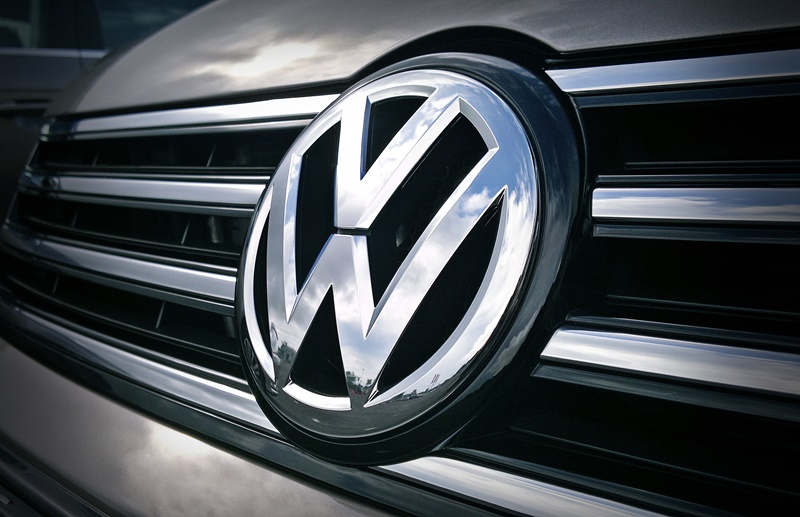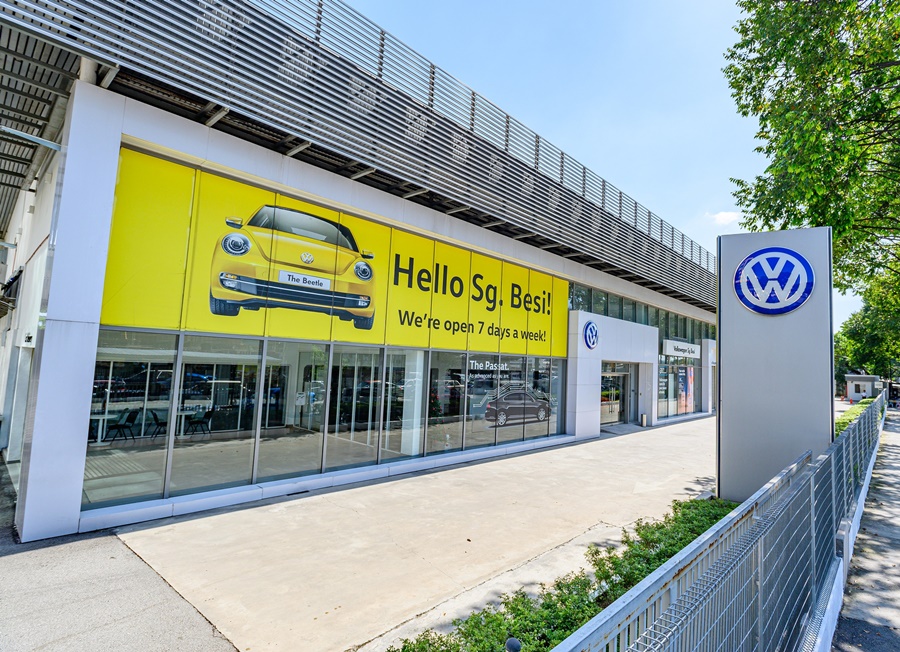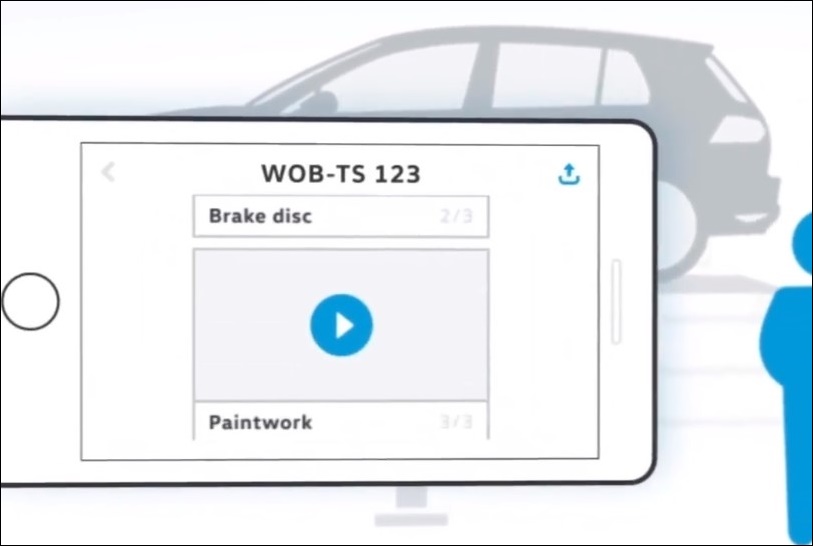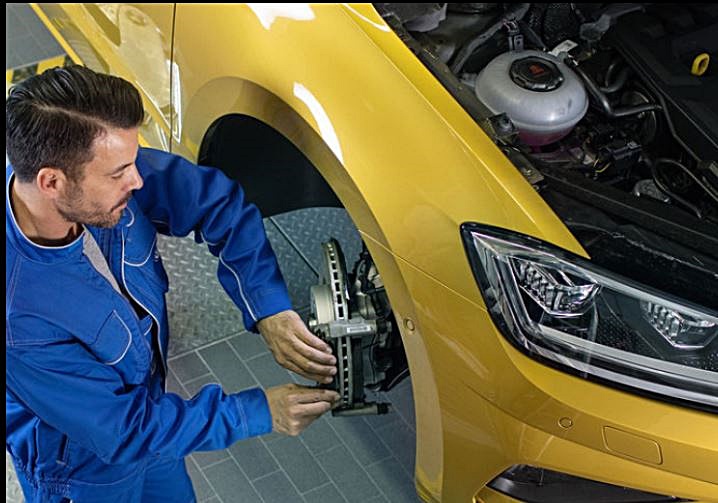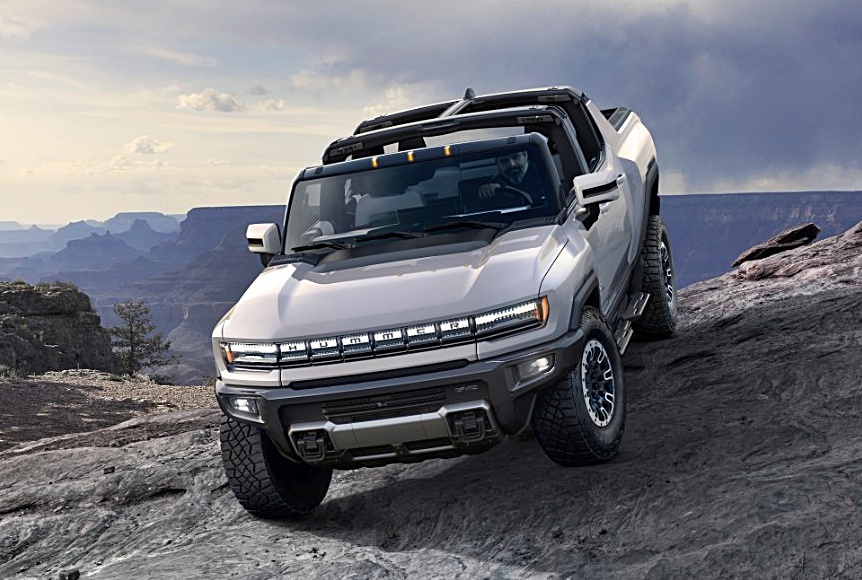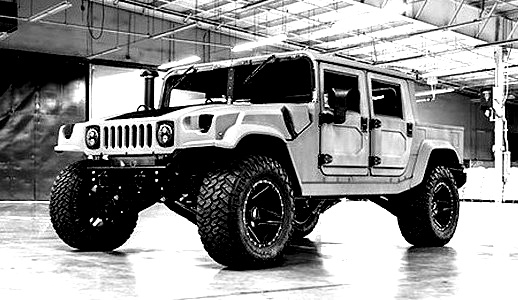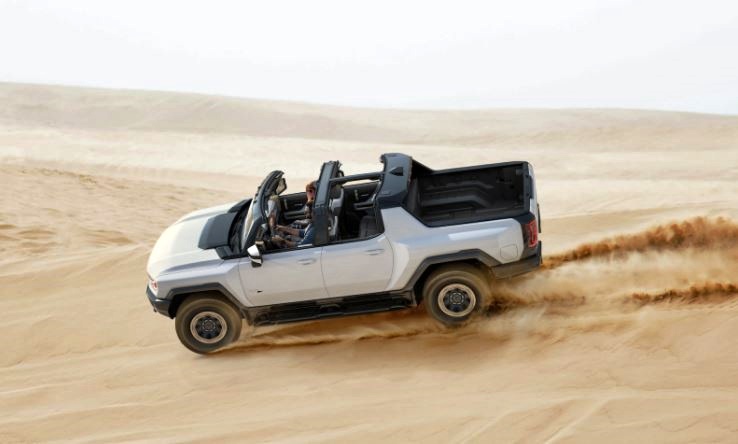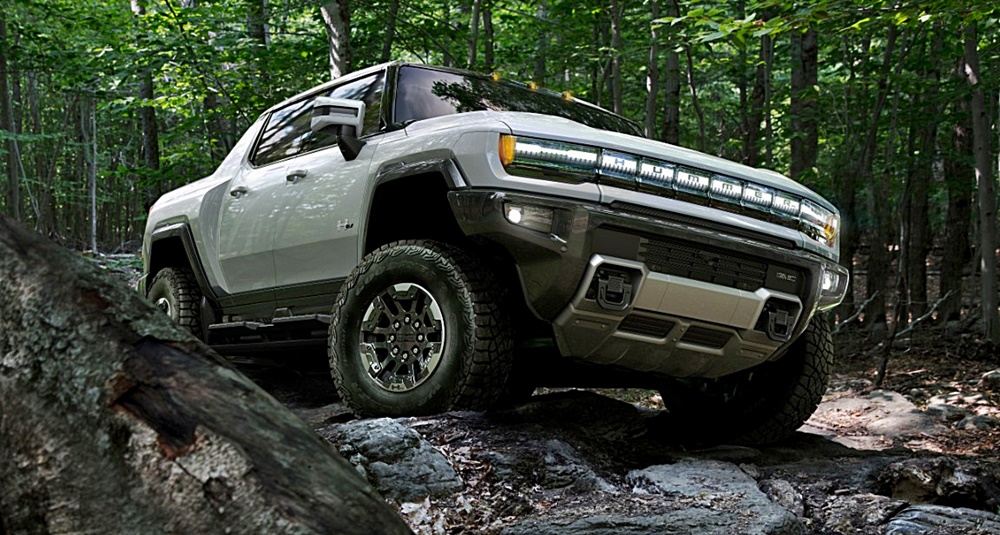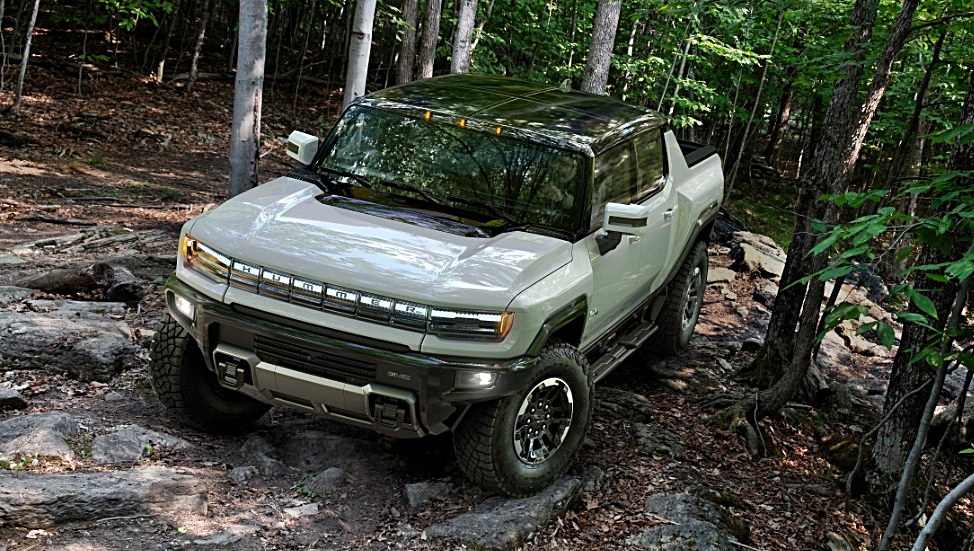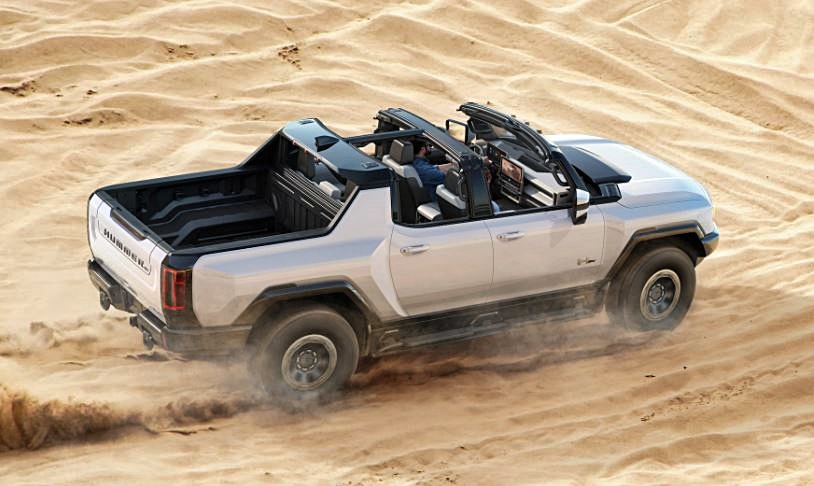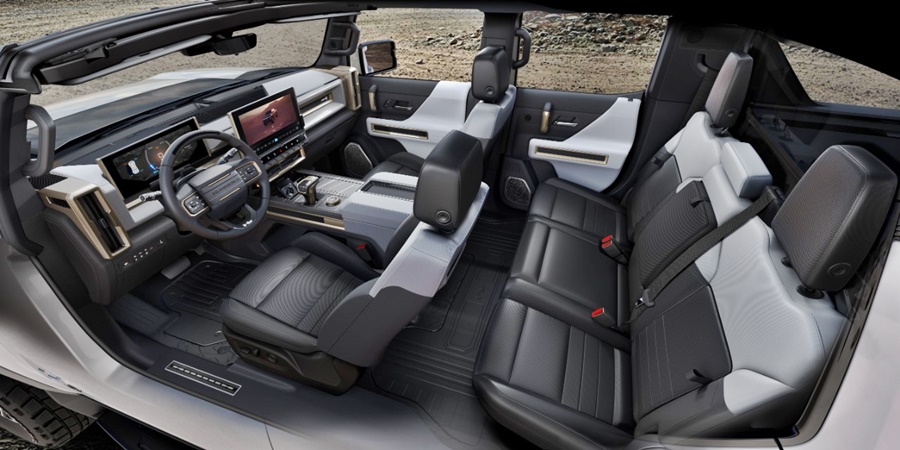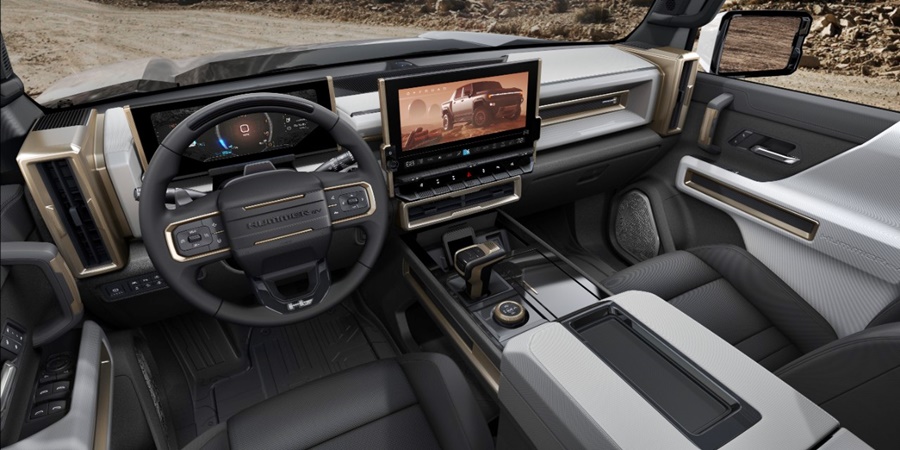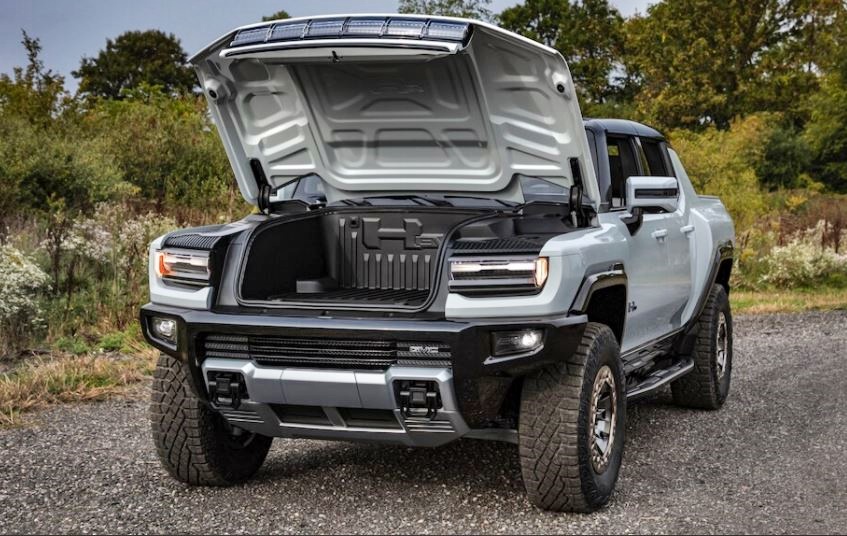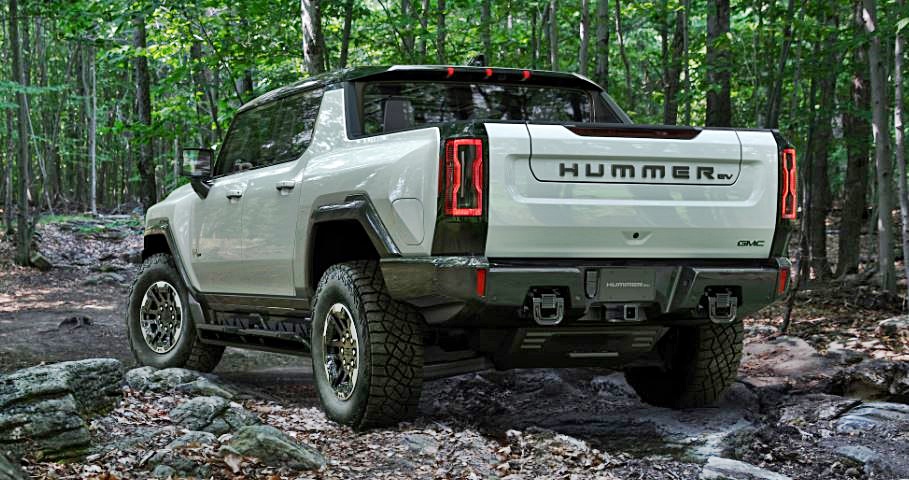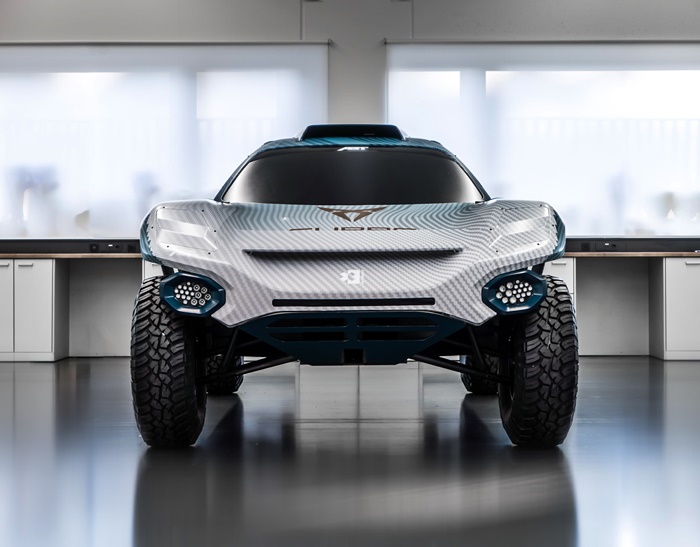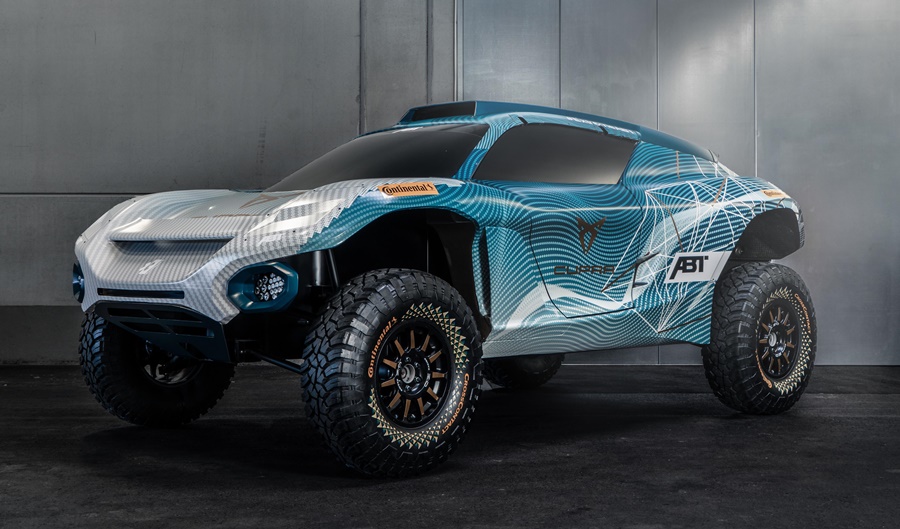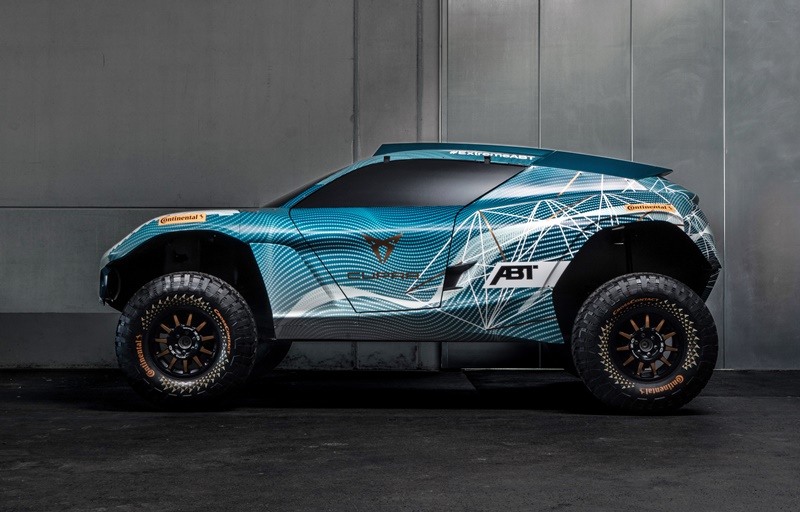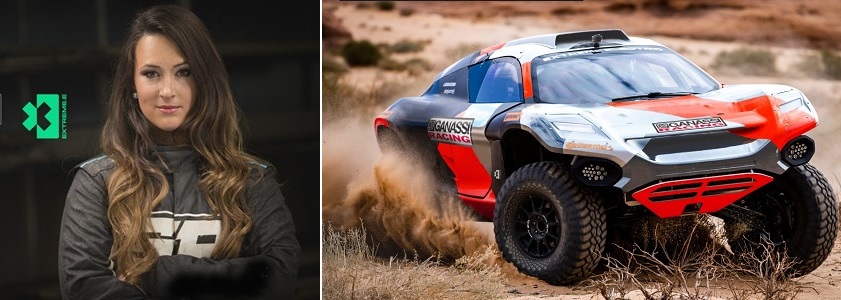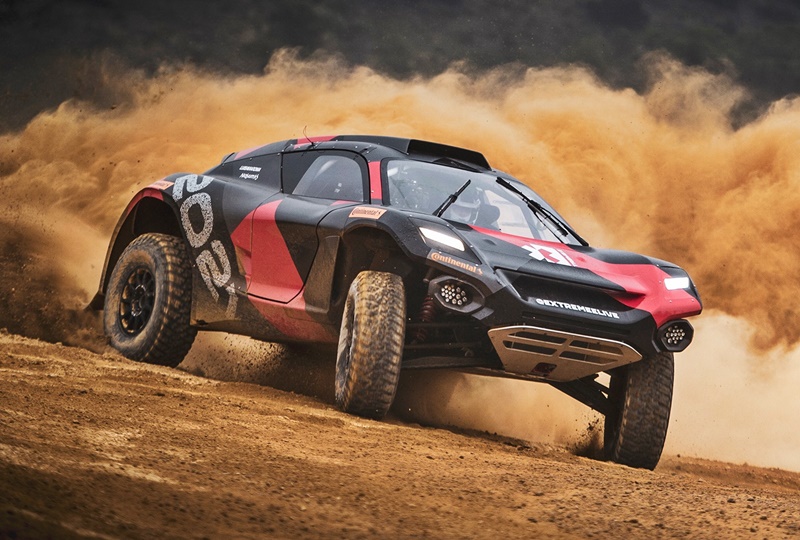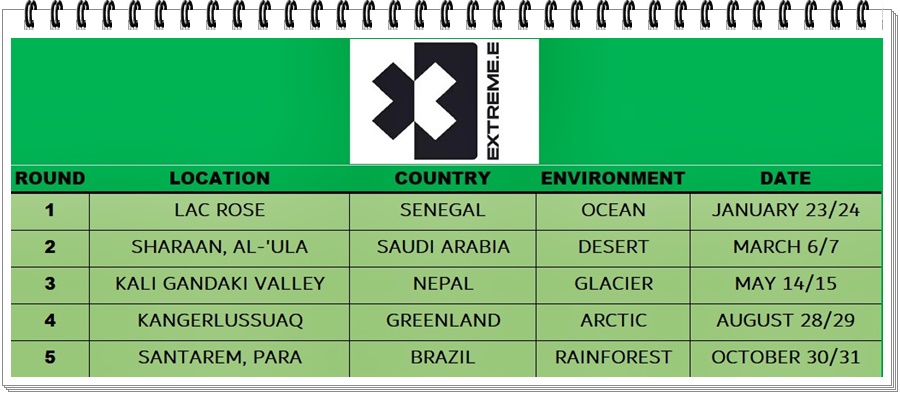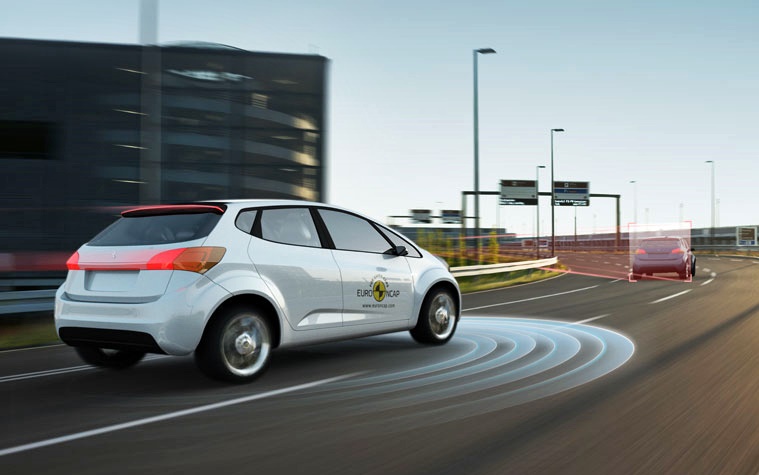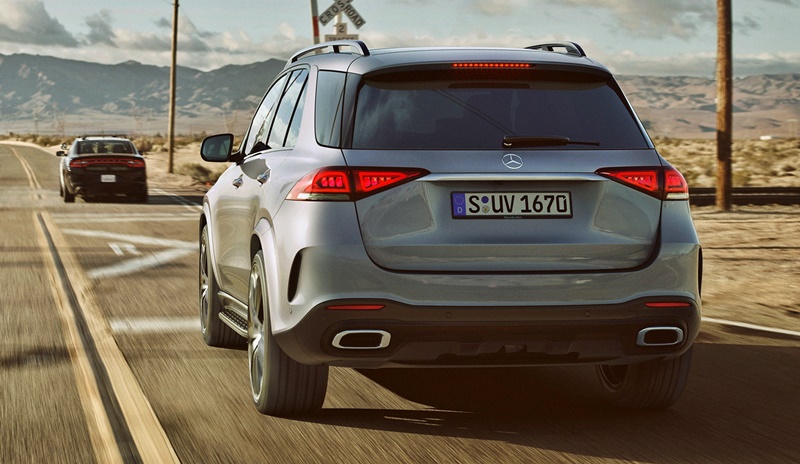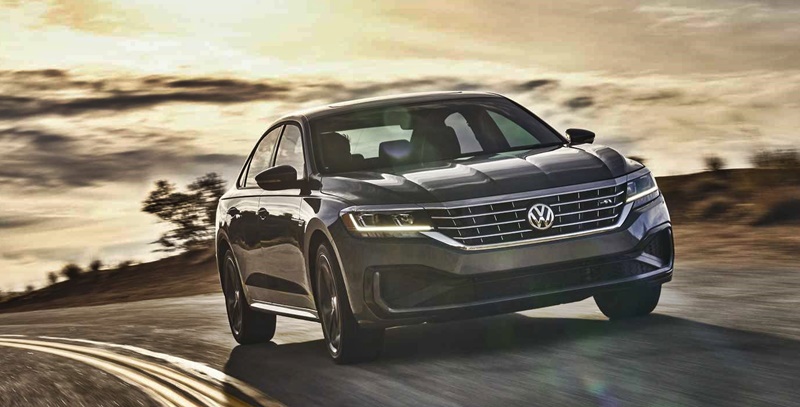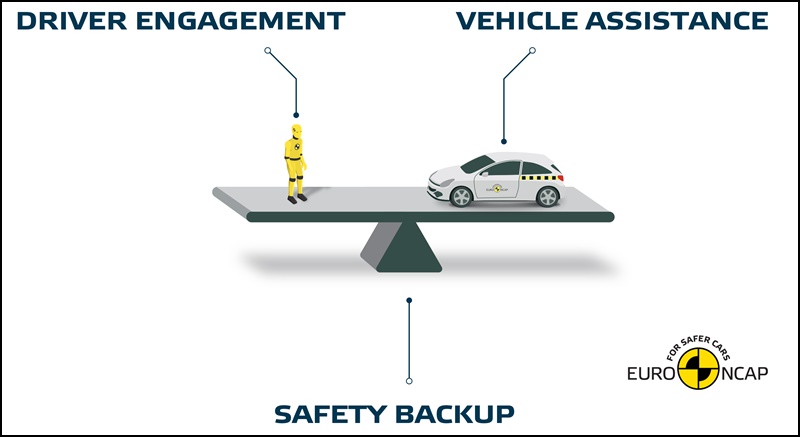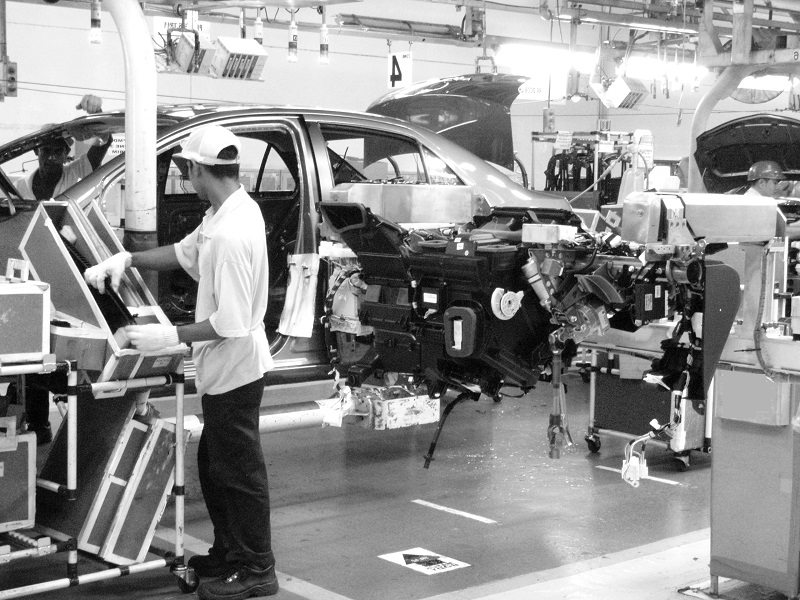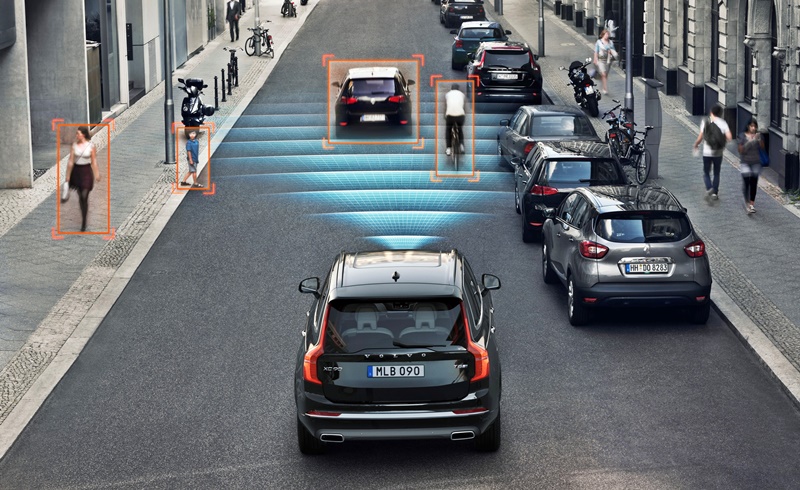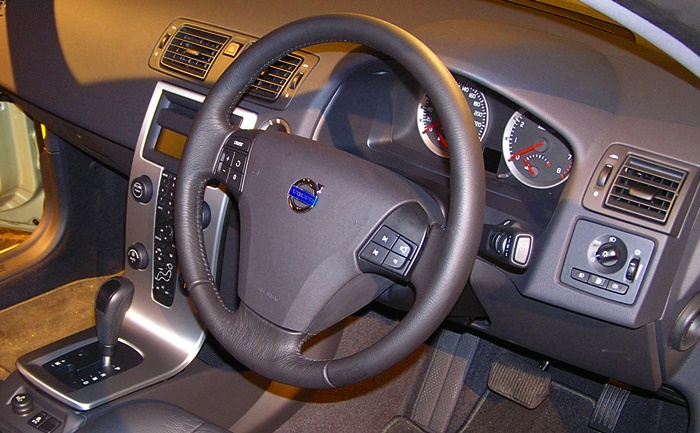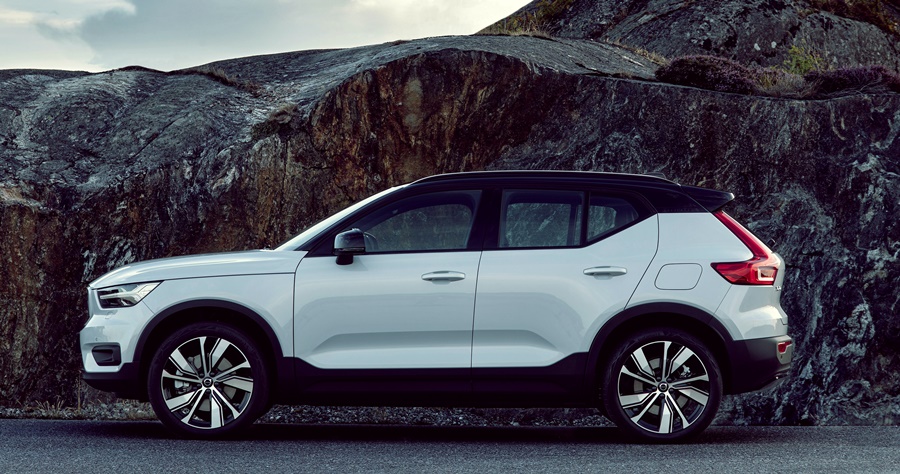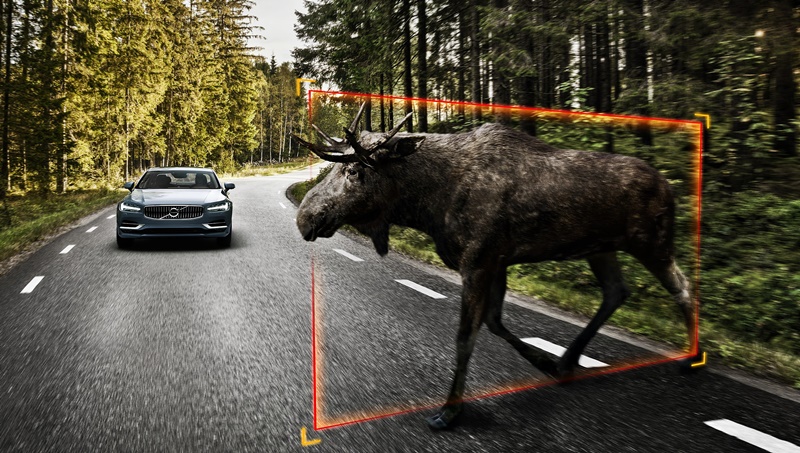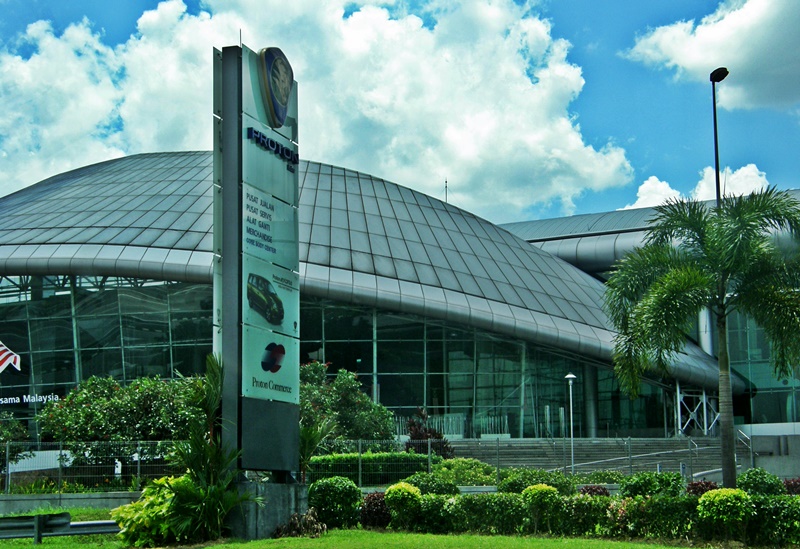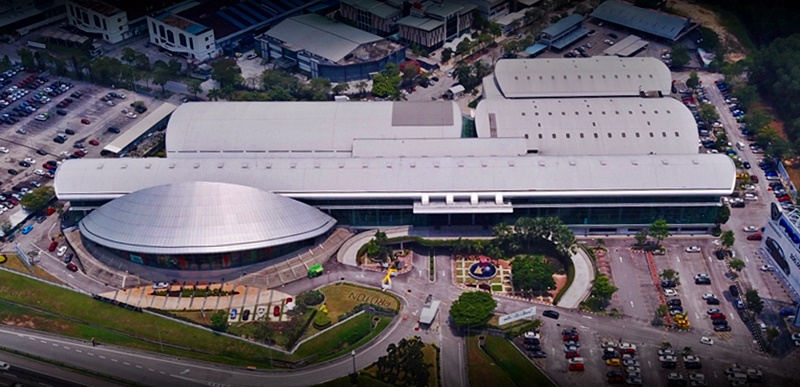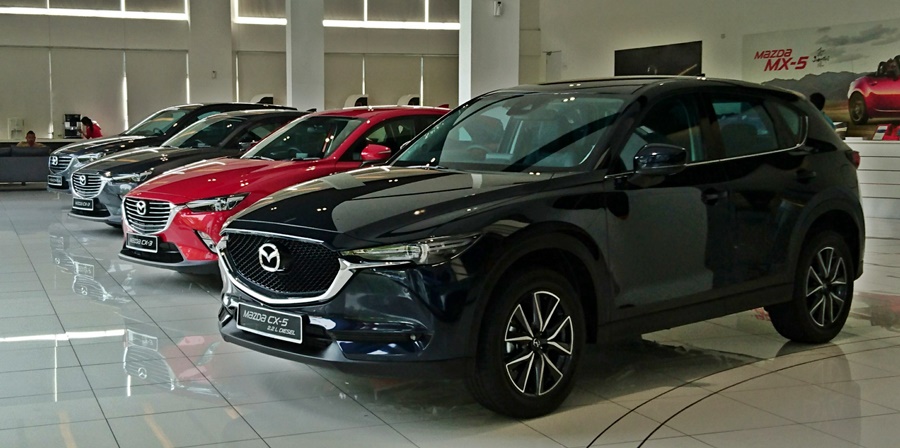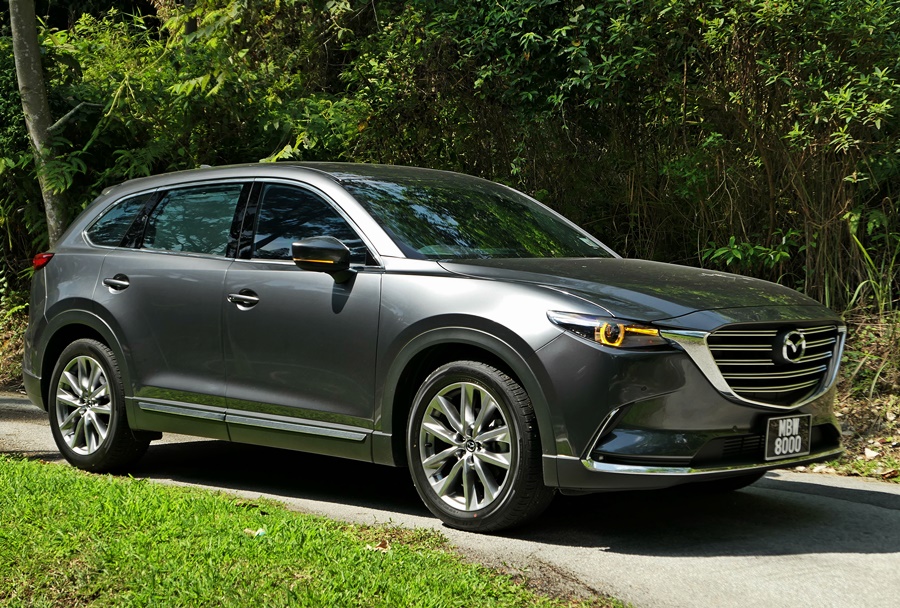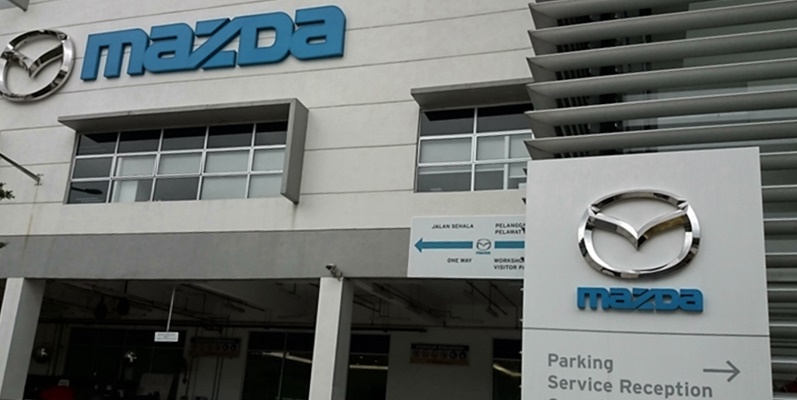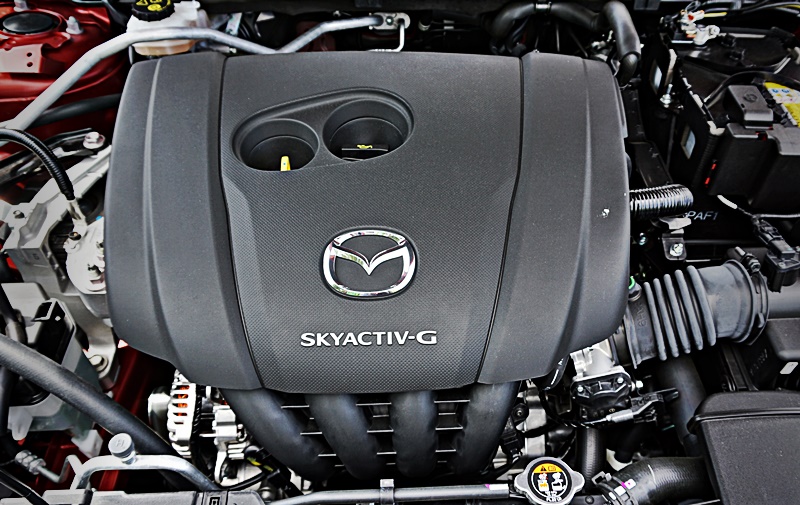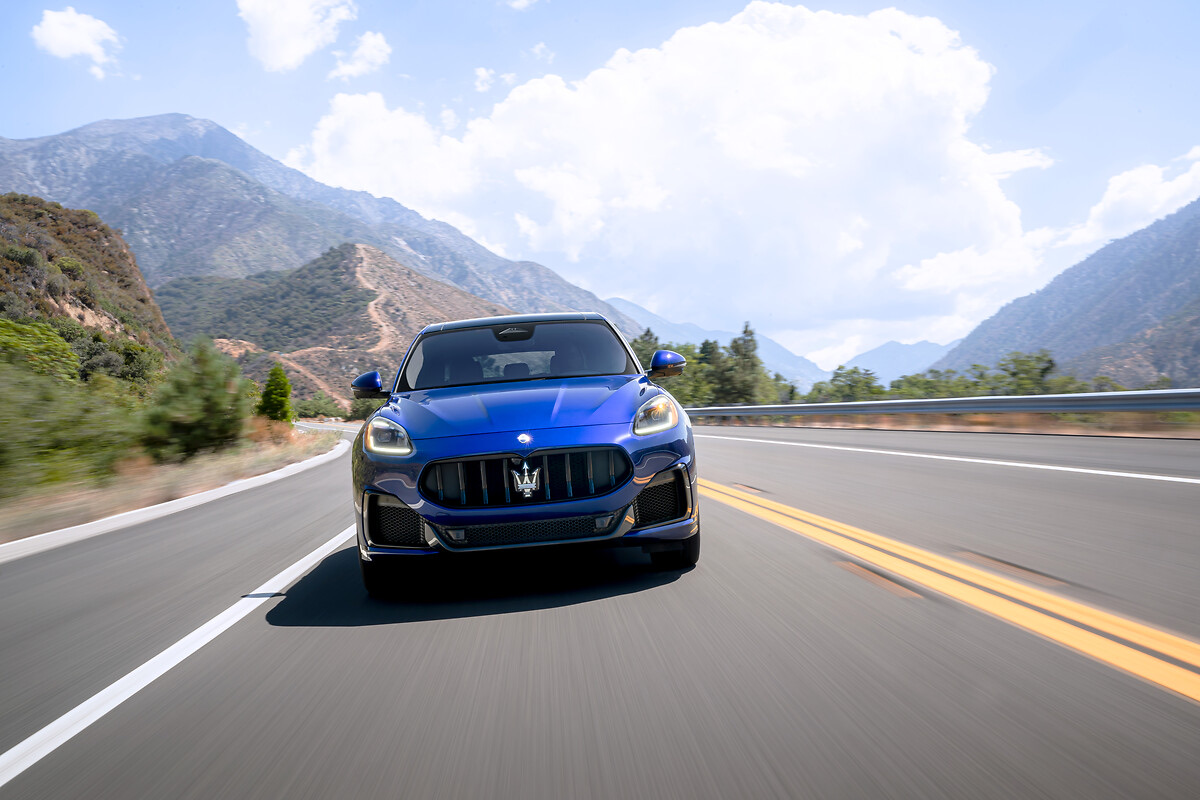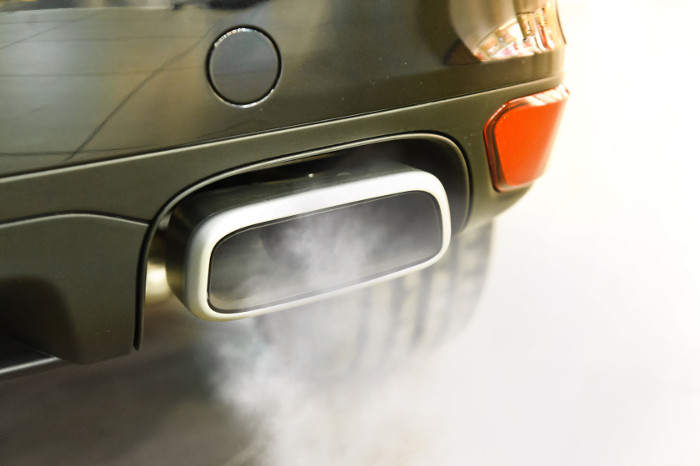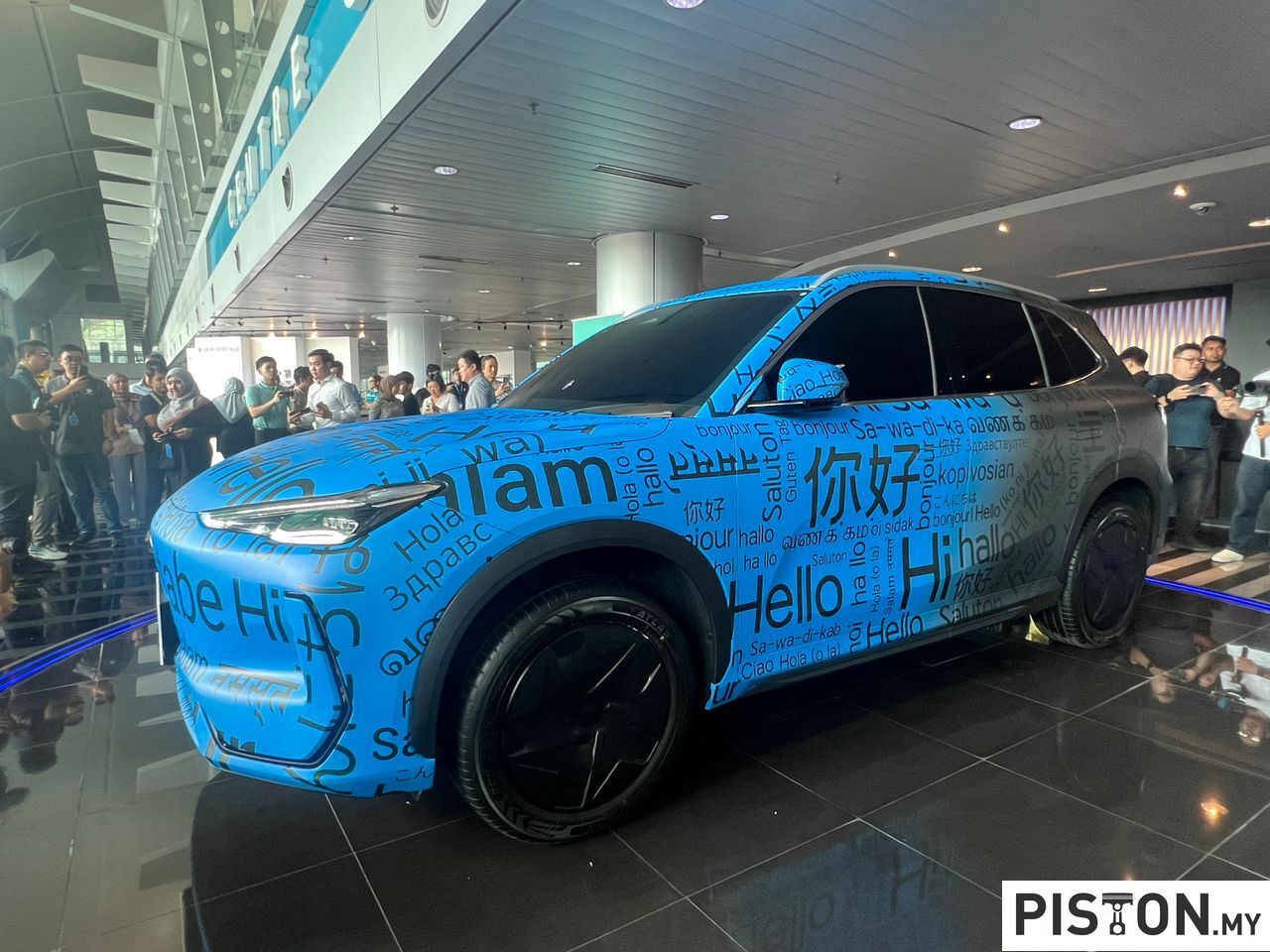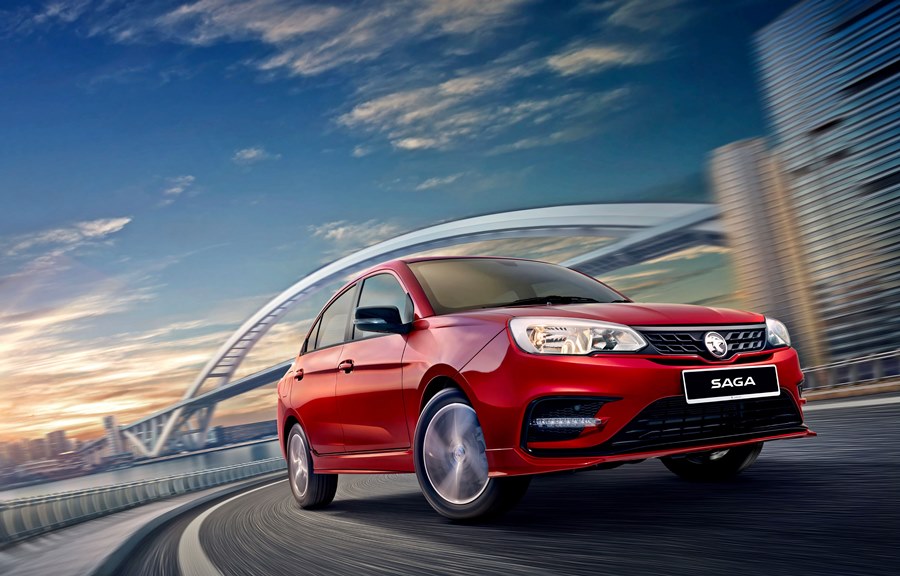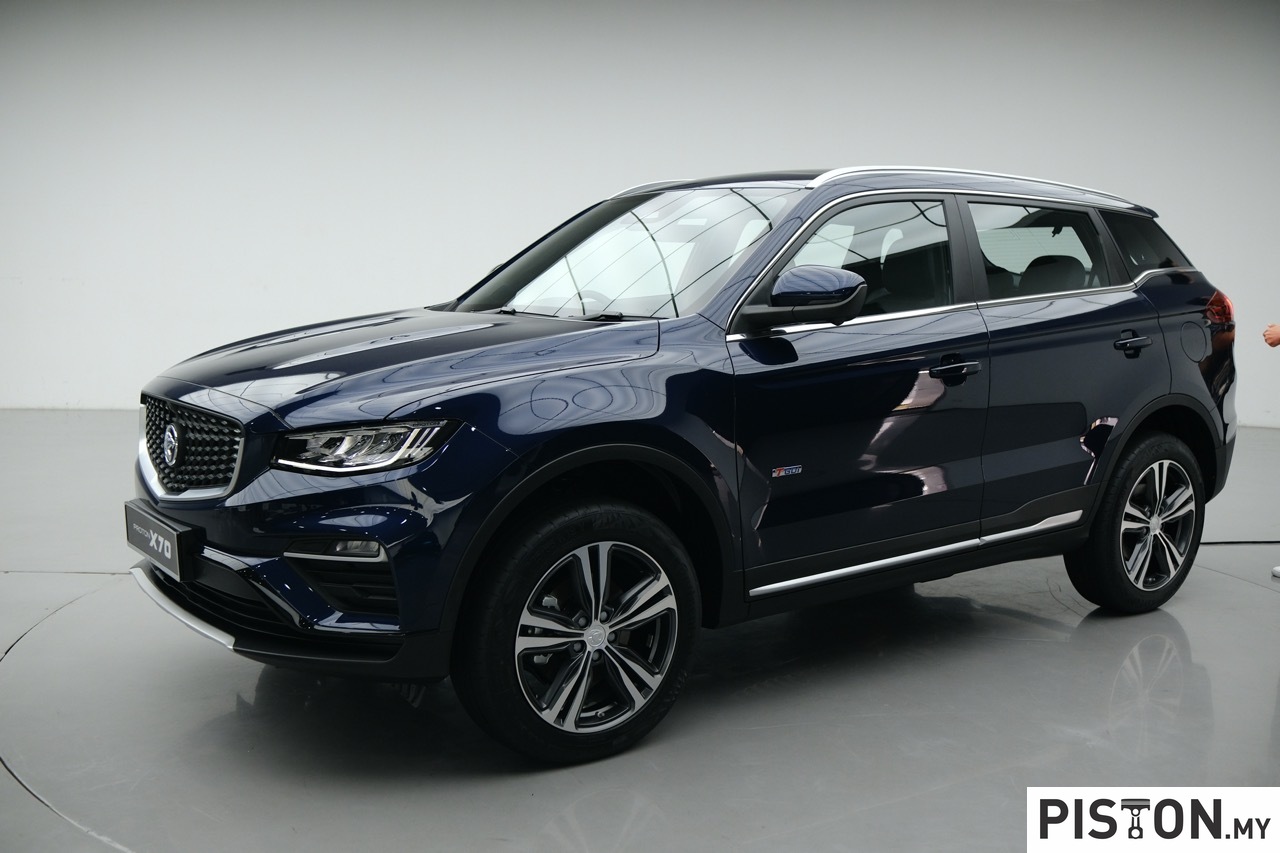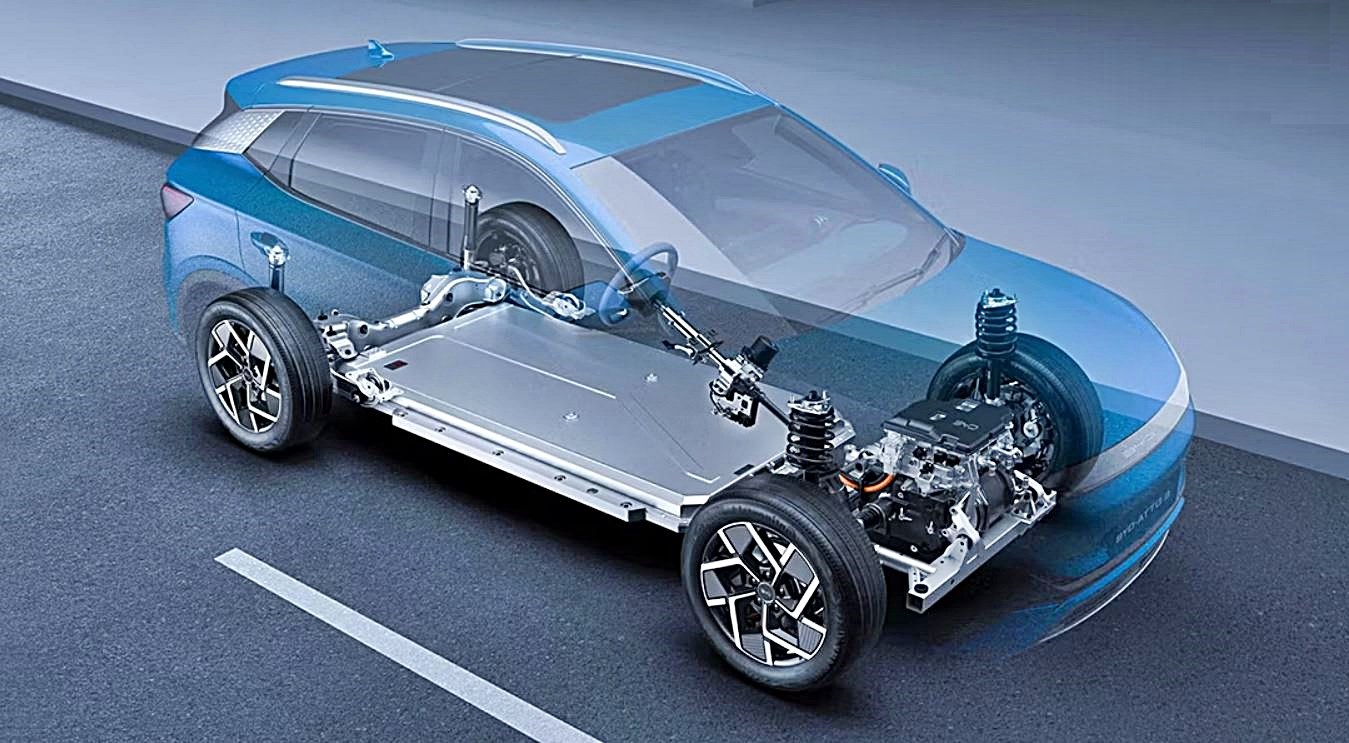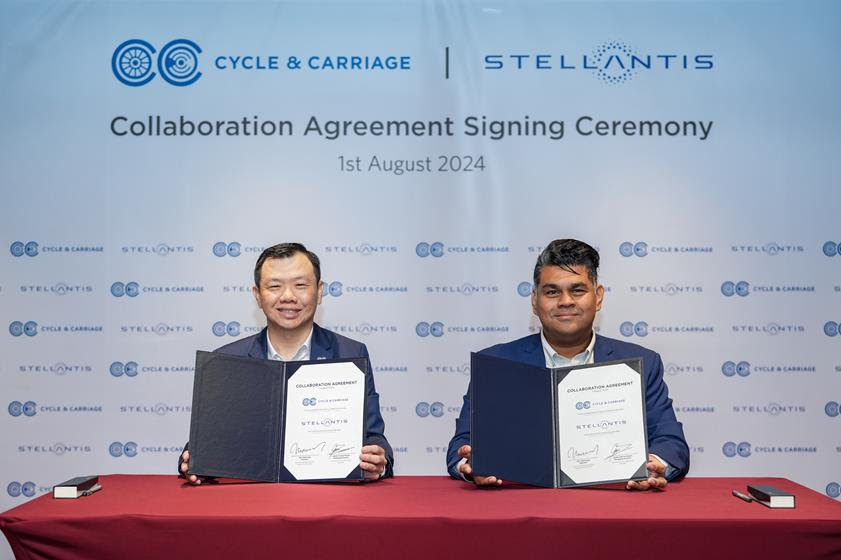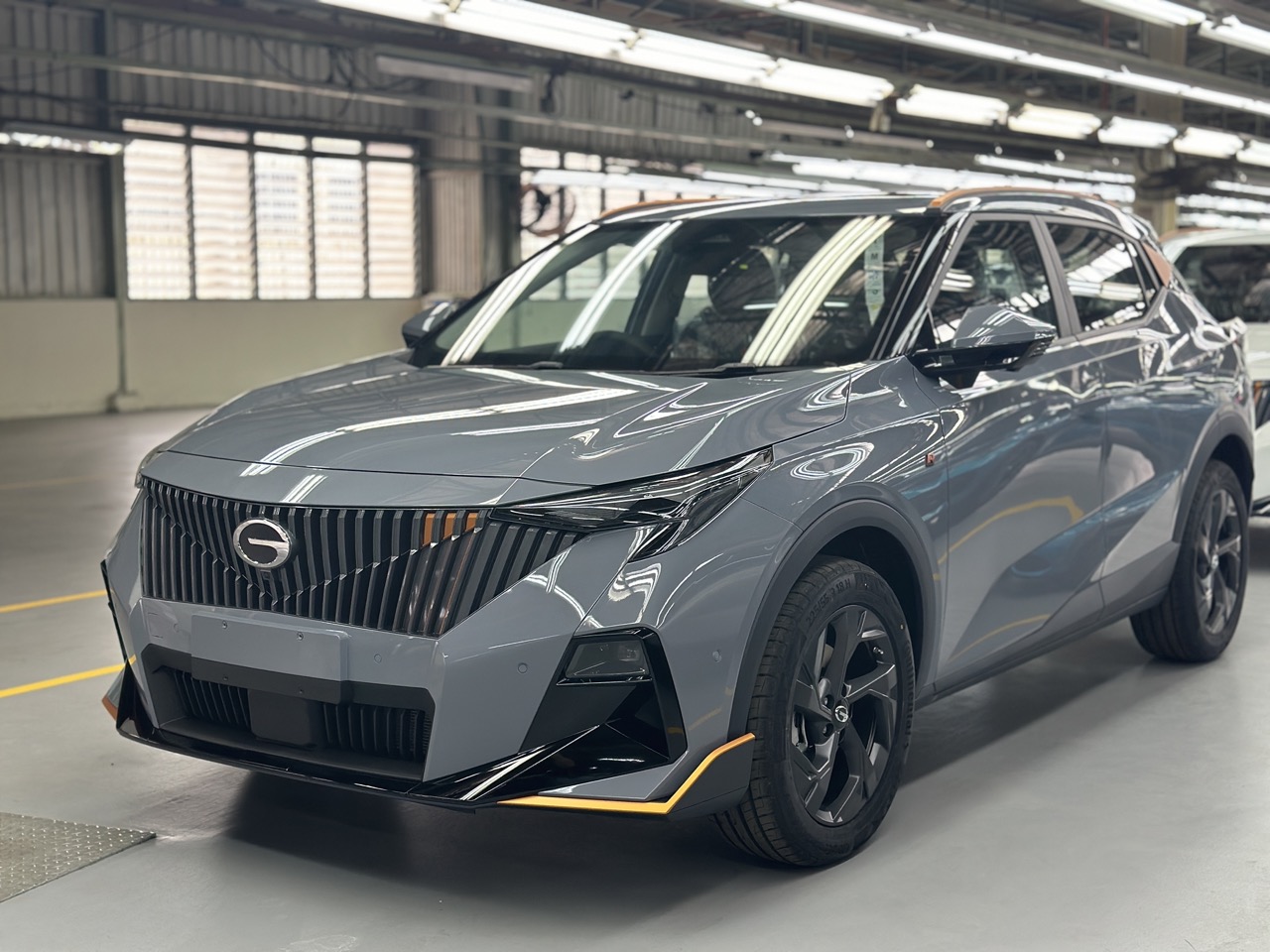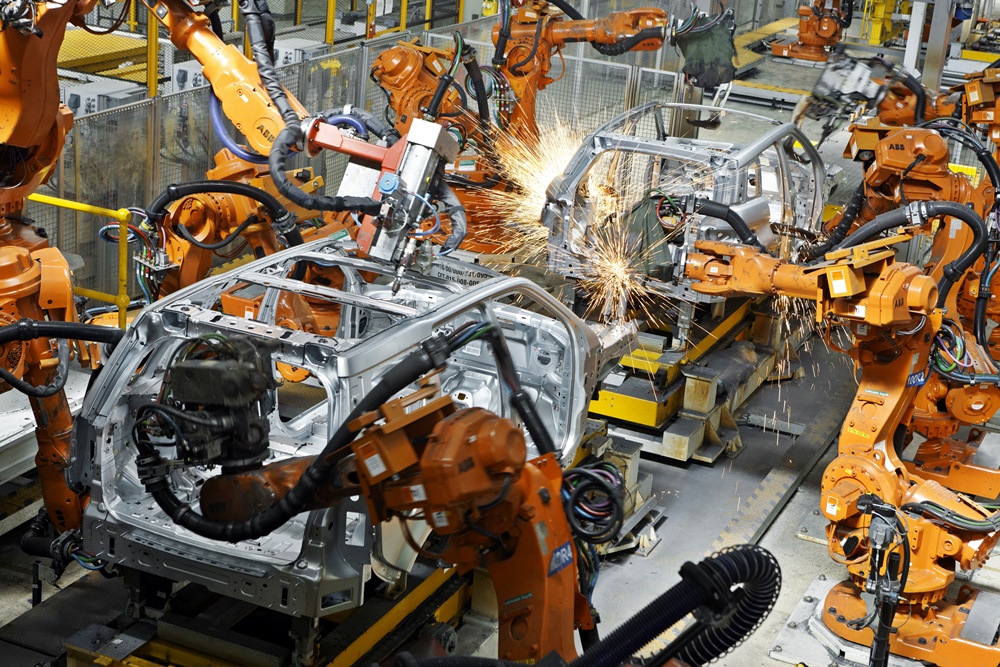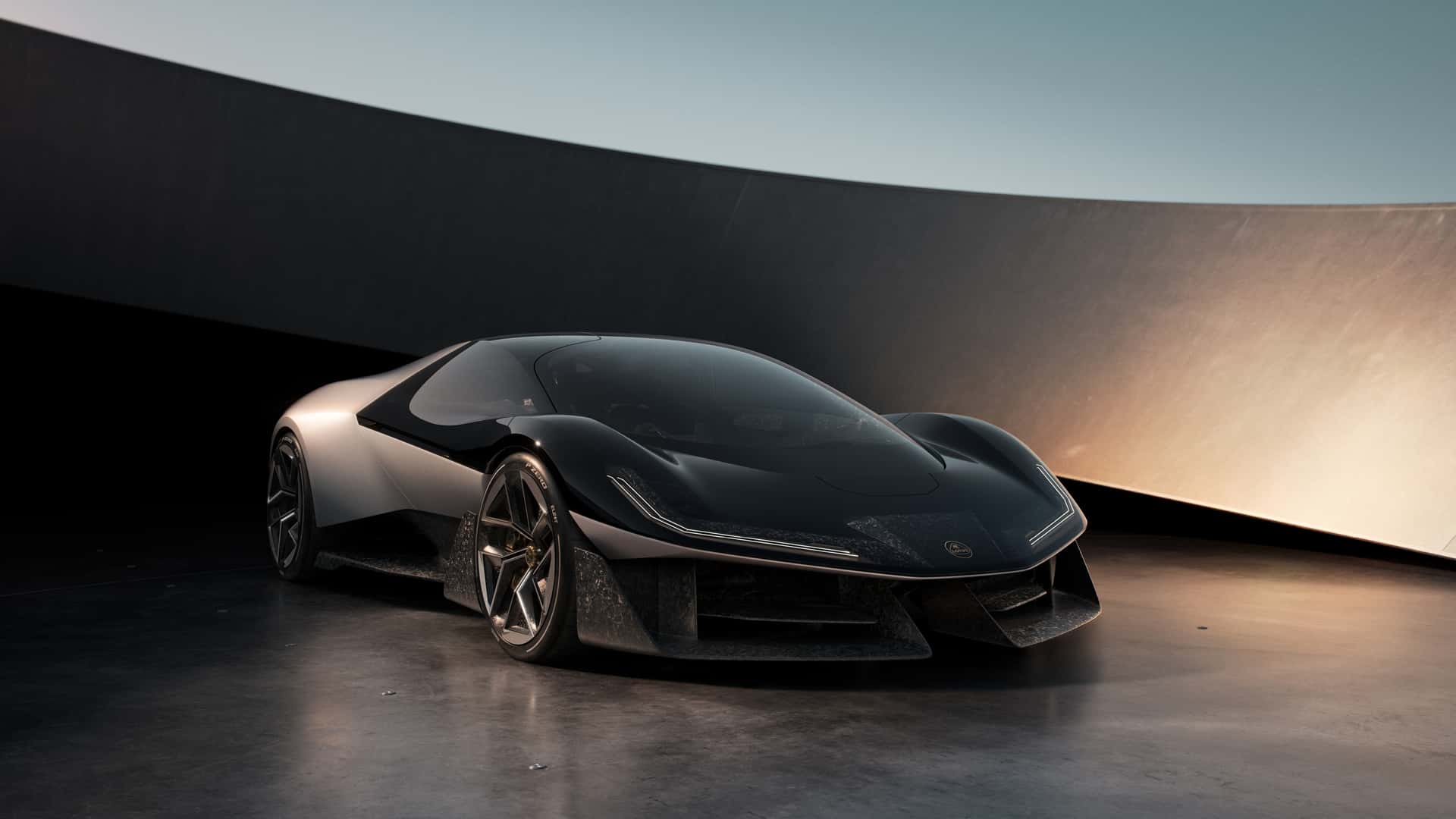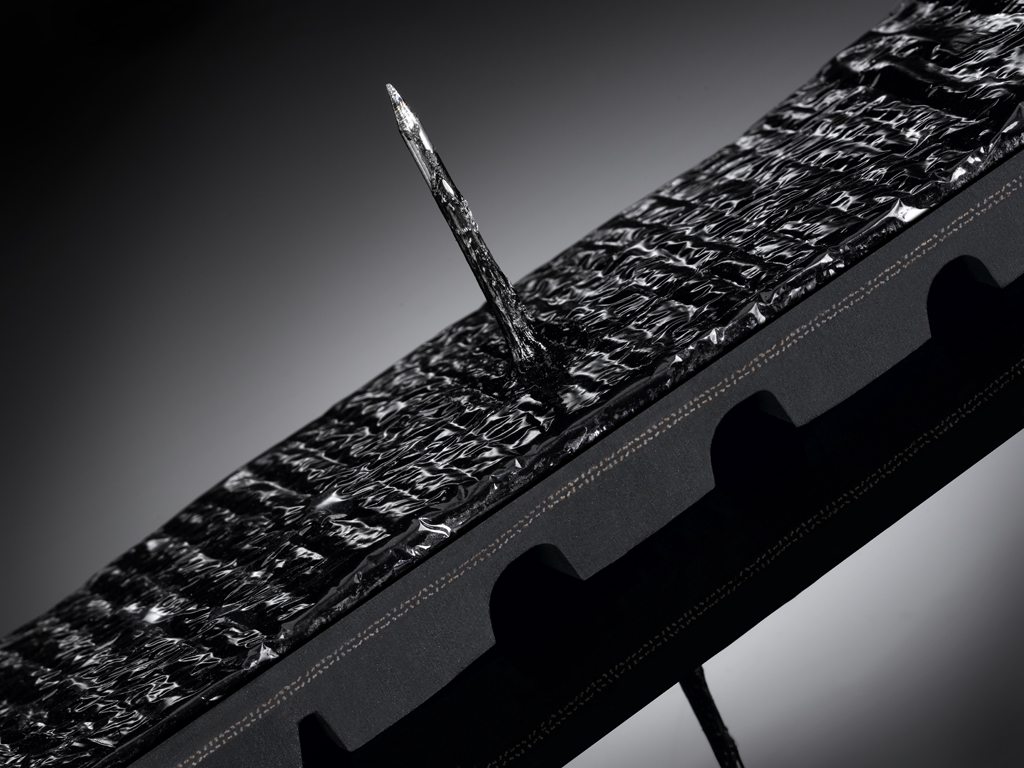Ahead of its official sales launch next month, Mitsubishi Motors Malaysia (MMM) is now making public the main specifications of the Mitsubishi XPANDER, its new 7-seater crossover. While bookings are accepted at all authorised dealerships nationwide, the company is still not revealing its price.
However, it is known that the model is assembled in Malaysia, rather than being imported in CBU form from the production hub in Indonesia. This allows the pricing to be more competitive (possibly below RM100,000) as local assemblers can get incentives from the government to offset their production cost and lower the retail price.
“At Mitsubishi Motors, we want to offer a more price competitive model with better specifications, hence the move to assemble locally. The XPANDER is a significant model for MMM and we are optimistic that it will be a favourite among many Malaysians for its design is more than just aesthetics. We understand that Malaysians now want a car that matched their aspiration for a more active lifestyle and practicality and as such, the XPANDER is customized to meet Malaysians preferences,” said the CEO of Mitsubishi Motors Malaysia, Tomoyuki Shinnishi.
The XPANDER has an all-aluminium 1.5-litre MIVEC petrol engine with an output of 105 ps/141 Nm, delivered to the front wheels through a 4-speed automatic transmission.
Mitsubishi Dynamic Shield design
The front end has the latest Mitsubishi Dynamic Shield design concept to express high performance and give a sense of protection for the passengers and pedestrians. On either side are LED Headlamps, Crystal blocks LED position lamps and at the rear, L-illumination LED Tail Lights.
The new XPANDER also comes with 16-inch dual-tone alloy wheels. Besides the large diameter of the wheels, the ground clearance is also set high at 205 mm so that the vehicle can negotiate rough roads and travel along some flooded roads.
The 3-row cabin has an overall length of 4475 mm and an overall height of 1730 mm, made possible by the 2775 mm wheelbase. MMM says that the XPANDER is the only model in its class with fold-flat second and third rows seats providing full luggage space and a car-like cargo area
For the convenience of the many occupants, the XPANDER comes with under-seat multi-purpose storage, a cargo floor box with a lid, third row side pocket and cupholder, centre console box with sliding lid, multiple storage compartments and glovebox with a double compartment.
Keeping everyone cool
Four ceiling-mounted air vents carry cool air all the way to the back of the cabin, ensuring that even the passengers in the third row will be comfortable all the time. Having the extra vents above also helps in cooling down the interior more quickly.
For entertainment, the XPANDER comes with a 9-Inch audio system with Apple Carplay and Android Auto so that compatible smartphones can be connected. This means that favourite apps on the smartphone can be duplicated on the dashboard display panel and operated from there.
Safety features
With so many people on board, safety is even more important and Mitsubishi Motors has made sure that the driver has many active safety systems to help avoid an accident. These include ABS with EBD (Electronic Brakeforce Distribution), Active Stability Control, Brake Assist, Hill Start Assist, a Rest Reminder and Brake Override System. Cruise control is also mentioned, and this feature can help to reduce fatigue on long drives along the highway.
In the event that an accident does occur, the strong RISE (Reinforced Impact Safety Evolution) body structure offers protection like a safety cage, with SRS airbags to provide cushioning within so as to reduce serious injuries. Anti-intrusion beams in the doors also provide protection during side collisions.
Dealer packages
Authorized Mitsubishi Motors dealers will also offer customers an optional package which includes an All-Round Monitor, Driving Video Recorder and black leather upholstery.
For more updates and information, visit www.mitsubishi-motors.com.my.
New warehouse in Shah Alam, Selangor, will improve parts operations for Mitsubishi Motors Malaysia





